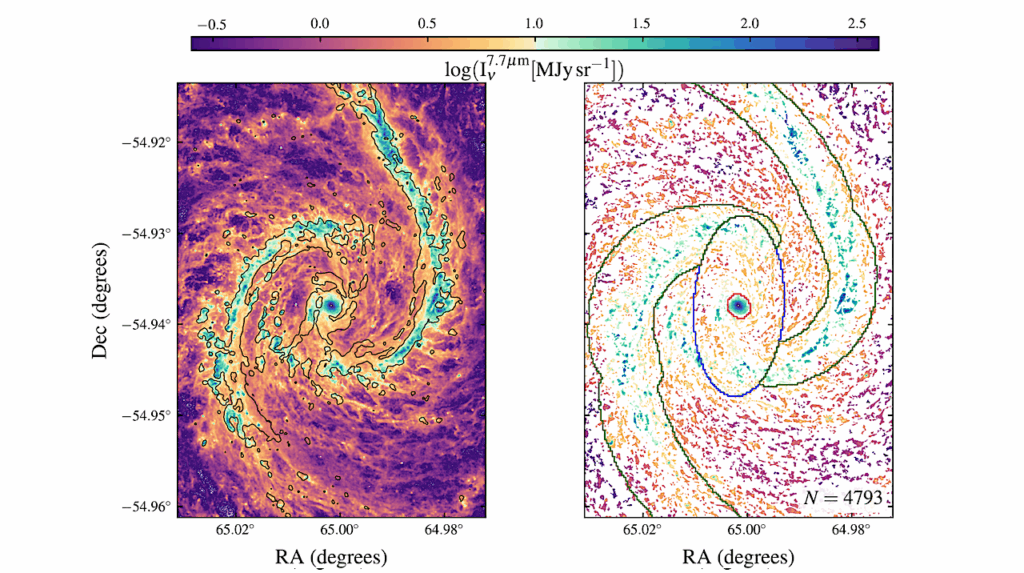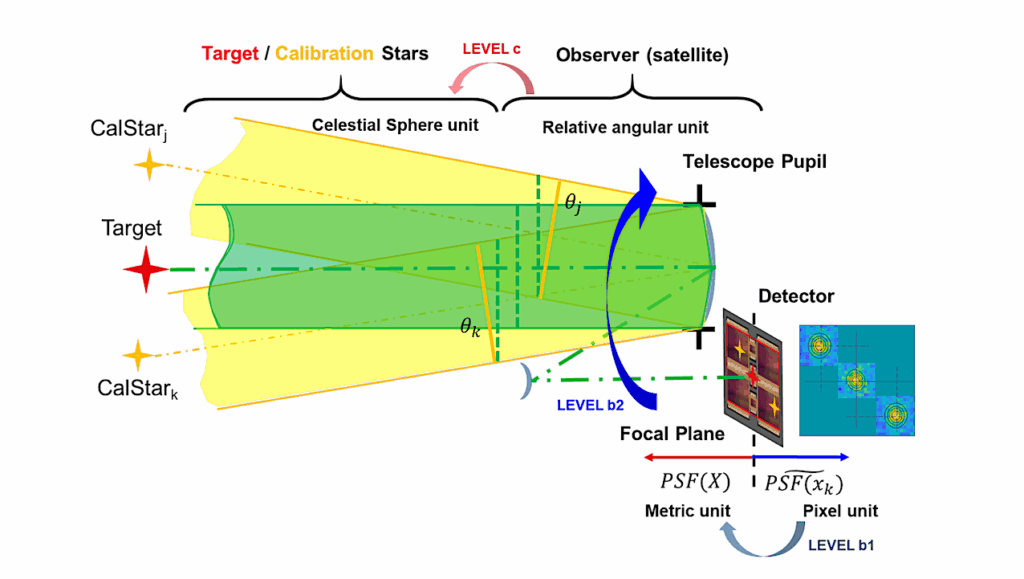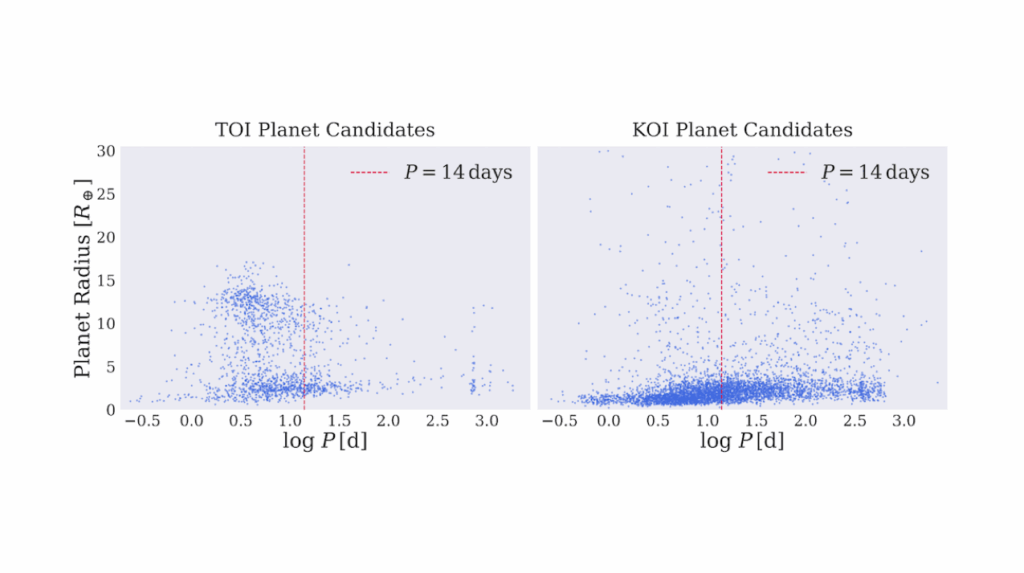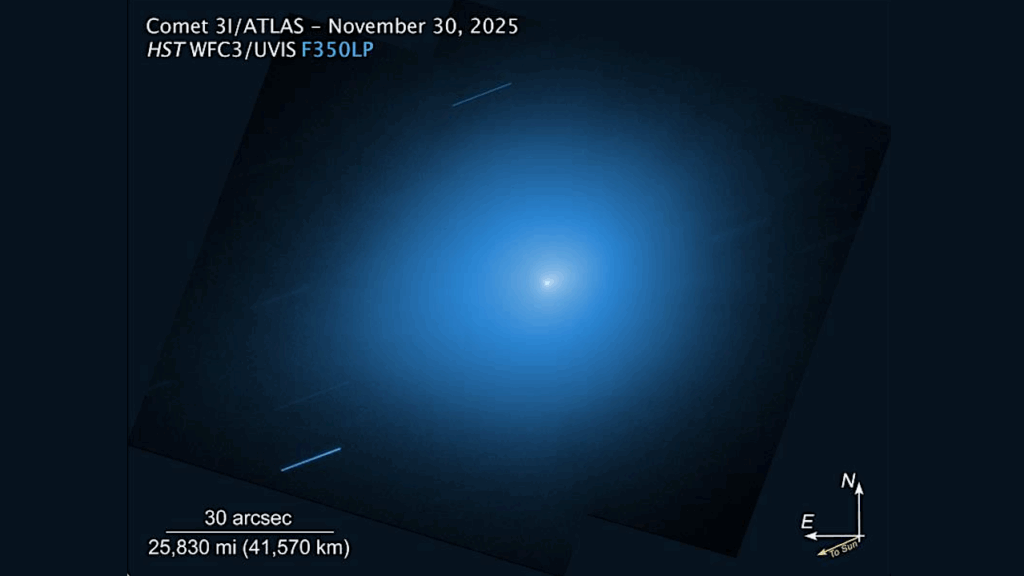Statistics And Habitability of F-type Star–Planet Systems
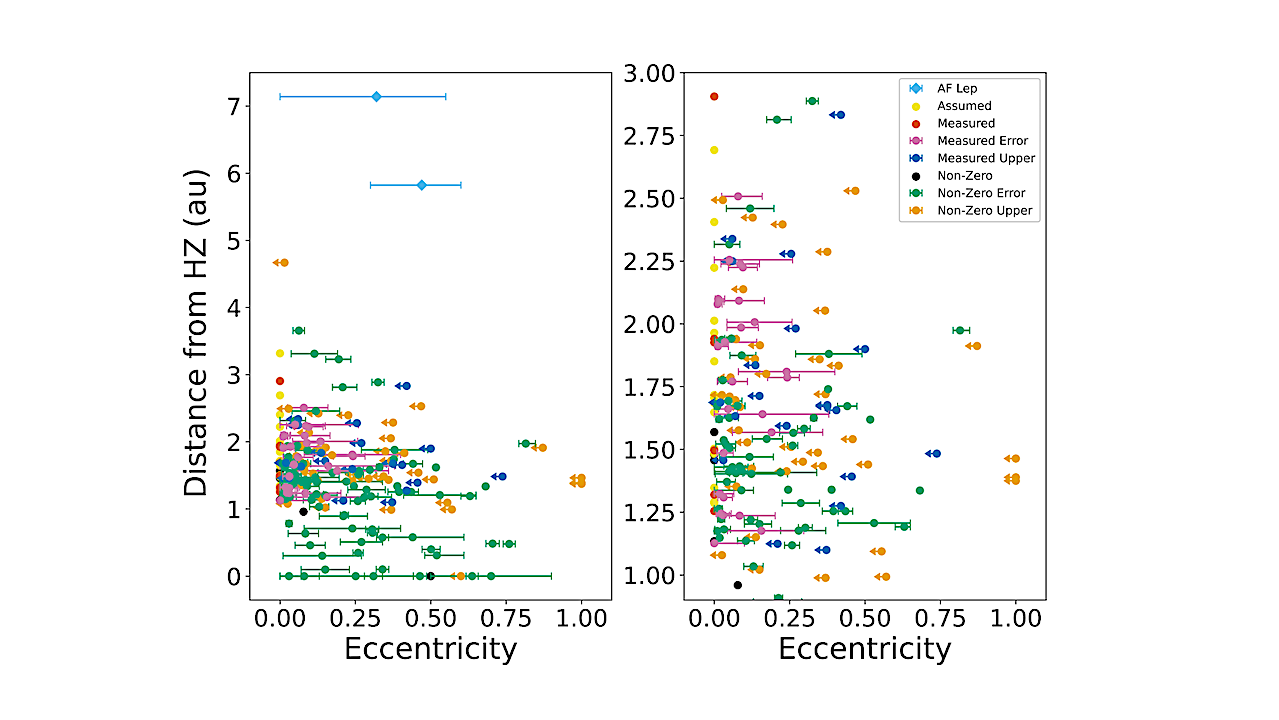
F-type star–planet systems represent an intriguing case for habitability studies. Although F-type stars spend considerably less time on the main-sequence than G, K, and M-type stars, they still offer a unique set of features, allowing for the principal possibility of exolife.
Examples of the latter include the increased widths of stellar habitable zones as well as the presence of enhanced UV flux, which in moderation may have added to the origin of life in the Universe. In this study, we pursue a detailed statistical analysis of the currently known planet-hosting F-type stars by making use of the NASA Exoplanet Archive.
After disregarding systems with little or no information on the planet(s), we identify 206 systems of interest. We also evaluate whether the stars are on the main-sequence based on various criteria. In one approach, we use the stellar evolution code MESA. Depending on the adopted criterion, about 60 to 80 stars have been identified as main-sequence stars. In 18 systems, the planet spends at least part of its orbit within the stellar habitable zone. In one case, i.e., HD 111998, commonly known as 38 Vir, the planet is situated in the habitable zone at all times.
Our work may serve as a basis for future studies, including studies on the existence of Earth-mass planets in F-type systems, as well as investigations of possibly habitable exomoons hosted by exo-Jupiters as the lowest-mass habitable zone planet currently identified has a mass estimate of 143 Earth masses.
Shaan D. Patel, Manfred Cuntz, Nevin N. Weinberg
Comments: Accepted by Astrophysical Journal Supplement Series (ApJS); 26 pages, including 10 figures and 4 tables
Subjects: Earth and Planetary Astrophysics (astro-ph.EP); Solar and Stellar Astrophysics (astro-ph.SR)
Cite as: arXiv:2407.15826 [astro-ph.EP] (or arXiv:2407.15826v1 [astro-ph.EP] for this version)
Submission history
From: Shaan Patel
[v1] Mon, 22 Jul 2024 17:44:04 UTC (307 KB)
https://arxiv.org/abs/2407.15826
Astrobiology


